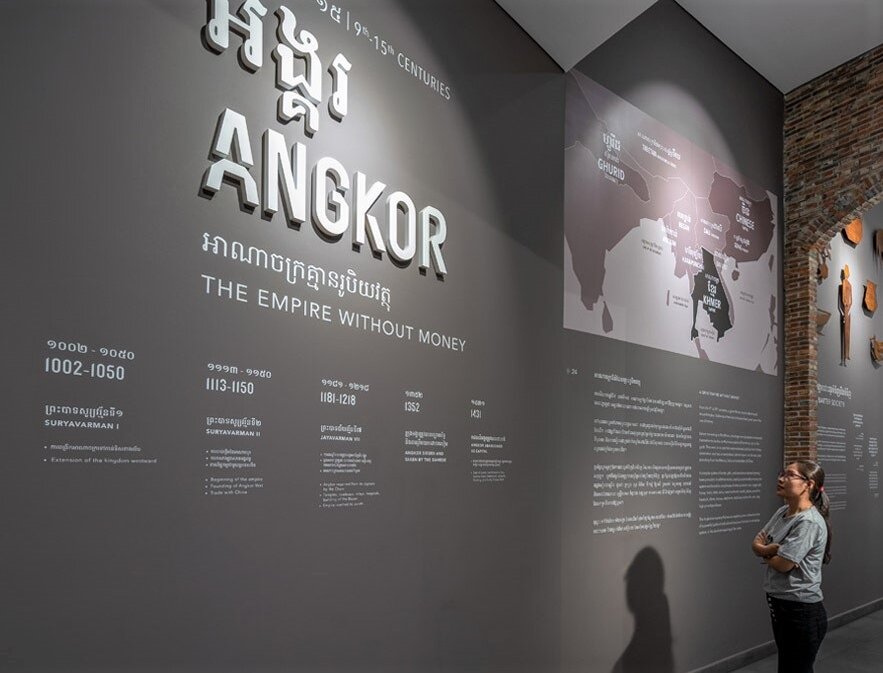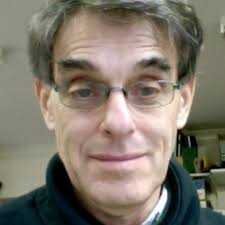Following the non-money trail
by Eileen Lustig & Terry Lustig
Why the vast, complex hirerarchic and social organization in Angkor never developed its own monetary system.

Publication: Journal of Indo-Pacific Archeology
Published: 2015
Authors: Eileen Lustig & Terry Lustig
Pages: 12
Language : English
pdf 1.3 MB
Studying inscriptions and inconsistencies in the most detailed accounts of temple offerings and listings of the workforce, the authors show how the “temple economy”, where “deities come first” and offerings were a way for the social elites to manifest their wealth, co-existed along the “general economy”, in which barter exchanges were dominant.
This is a fascinating approach of the apparent paradox that still puzzle us nowadays: a complex social organization — and even an imperial one –, with computation mastery and sustained commercial exchanges with neighboring kingdoms which had developed their own currencies, remained a “non-money” system during centuries.
Note: Opened in April 2019 in Phnom Penh, the Sosoro Museum (Money and Economy Museum) dedicates a whole section to the Angkorian period under the title “Angkor, the Empire without Money”. (Photo courtesy of Sosoro Museum). The museum’s offical name: សារមន្ទីរ ព្រះស្រីឦសានវរ្ម័ន Preah Srey Içanavarman Museum — Sosoro.
Tags: money, economy, commerce, Khmer Empire, non-monetization
About the Authors
Eileen Lustig
Affiliate to the Department of Archeology at University of Sydney, Australia, Eileen Lustig has extensively studied the Angkorian economy and commerce through epigraphic research.

Terry Lustig
Mathematician and civil engineer Terry Lustig is an independent scholar, affiliated to the Greater Angkor Project and the University of Sydney (Department of Archeology).

